Home>Interior Design>Turquoise Color Trend: Why This Green-Blue Hue Is Our Color Of The Month
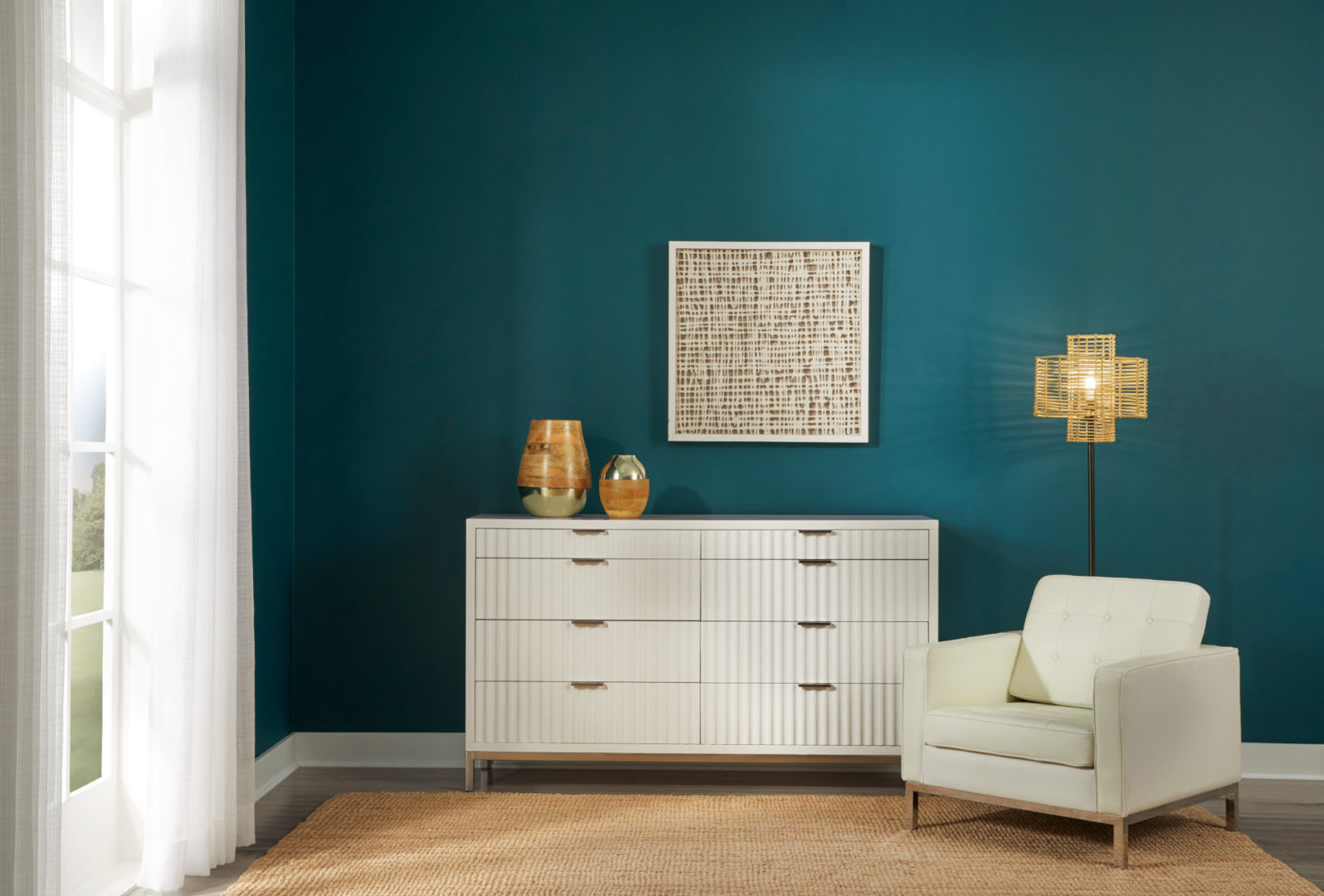

Interior Design
Turquoise Color Trend: Why This Green-Blue Hue Is Our Color Of The Month
Modified: December 7, 2023
Discover why turquoise, the captivating green-blue hue, is the color of the month in interior design. Explore the latest trends and inspiration for incorporating this vibrant shade into your home.
(Many of the links in this article redirect to a specific reviewed product. Your purchase of these products through affiliate links helps to generate commission for Storables.com, at no extra cost. Learn more)
Introduction
Welcome to our monthly color spotlight! In this edition, we are diving into the captivating world of turquoise. This unique green-blue hue has been making waves in the interior design and fashion industries, with its tranquil and refreshing presence.
Turquoise is a color that has a rich history and significant cultural symbolism. From ancient civilizations to modern trends, this color has been revered for its beauty and versatility. In this article, we will explore the origins and meanings of turquoise, its impact on fashion and design, its psychological effects, and how you can incorporate it into your home decor.
So, what makes turquoise so special? Let’s dive deeper into the enchanting world of this mesmerizing color.
Key Takeaways:
- Turquoise, with its rich history and deep symbolism, brings a refreshing and vibrant touch to fashion, design, and home decor, promoting tranquility and creativity in various aspects of life.
- The captivating hue of turquoise, inspired by nature and art, evokes feelings of serenity and adventure, making it a versatile and timeless choice for creating visually appealing and stylish ensembles and spaces.
History of Turquoise Color
The history of turquoise color traces back thousands of years to ancient civilizations. One of the oldest known sources of this captivating hue is the turquoise gemstone, which has been highly valued and coveted for centuries.
Many ancient cultures, such as the Egyptians, Persians, and Native Americans, believed that turquoise had powerful protective properties and spiritual significance. It was often used in jewelry, amulets, and ceremonial artifacts.
Egyptians associated turquoise with the goddess Hathor, who was revered as the goddess of beauty and fertility. They used the gemstone in both their jewelry and decorative arts, such as inlays and carvings.
The Aztecs and other Mesoamerican civilizations, on the other hand, considered turquoise to be a sacred stone that represented wealth, status, and protection against evil spirits. It adorned their ceremonial masks, jewelry, and even the tombs of their rulers.
As turquoise gemstones were highly valued and traded across ancient trade routes, the color itself became synonymous with luxury and exclusivity. It was often reserved for royalty and the elite.
During the 20th century, turquoise gained popularity in the world of fashion and design. It became a prominent feature in jewelry, fashion accessories, and interior design. Its unique blend of green and blue tones made it a versatile choice for a wide range of design styles, from bohemian to modern.
Today, turquoise remains an iconic color associated with beauty, serenity, and a connection to nature. Its enduring popularity is a testament to the timeless allure of this mesmerizing color.
Symbolism and Meanings of Turquoise
Turquoise is a color that holds deep symbolism and meanings across different cultures and beliefs. Its association with the earth and sky gives it a harmonious and balanced energy.
In many Native American traditions, turquoise represents healing and protection. It is believed to have the power to ward off negative energies and bring good fortune. The stone is often used to create amulets and talismans for spiritual and physical well-being.
In some cultures, turquoise is also seen as a symbol of friendship and love. It is often gifted to show affection and bring luck to the recipient.
Furthermore, turquoise has a strong connection to nature. Its color is reminiscent of tropical waters and serene landscapes. It evokes feelings of tranquility, calmness, and peace. This makes it a popular choice for creating spaces that promote relaxation and serenity.
Psychologically, turquoise is associated with emotional balance and clear communication. It is believed to enhance clarity of thought and aid in effective communication. This makes it an excellent color to incorporate into workspaces and areas where interpersonal communication is essential.
Additionally, turquoise is often associated with creativity and self-expression. Its vibrant yet soothing nature can inspire and stimulate artistic endeavors. It is no wonder that many artists and designers are drawn to this color when seeking inspiration.
Overall, turquoise is a color that carries with it a multitude of symbolism and meanings. Whether it is for healing, protection, love, or simply creating a serene space, turquoise has a unique ability to captivate and inspire.
Turquoise in Fashion and Design
Turquoise has become a prominent color in the world of fashion and design. Its unique blend of green and blue tones adds a refreshing and vibrant touch to any ensemble or interior space.
In the fashion industry, turquoise is often seen as a go-to color for creating eye-catching accessories and statement pieces. It has a versatile nature that allows it to take center stage or act as a complementary accent color. Turquoise jewelry, handbags, scarves, and shoes can instantly elevate a simple outfit and add a pop of color.
When it comes to interior design, turquoise has the power to transform a space with its soothing and invigorating presence. It can be used as a main color for walls or furniture, or as an accent color through pillows, rugs, and artwork. Its versatility allows it to work well with various design styles, from coastal and bohemian to modern and eclectic.
Turquoise also pairs well with other colors, creating visually striking combinations. It works harmoniously with neutrals like white, gray, and beige, enhancing their subtlety. It can also make a bold statement when combined with shades of pink, orange, or yellow.
Many fashion and interior designers use turquoise as a tool to evoke a sense of tranquility and create a serene atmosphere. Its association with nature and water makes it a popular choice for coastal and beach-inspired designs. It instantly transports you to a tropical paradise, with its calming and refreshing vibes.
Moreover, turquoise is often used in design to add a touch of energy and liveliness. Its vibrant hues can inject life into any space, whether it’s a vibrant feature wall in a living room or a playful accent chair in a study.
Whether in fashion or design, turquoise remains a versatile and captivating color that effortlessly combines elegance and vibrancy. Its ability to evoke a sense of calmness and adventure makes it a favorite choice for those seeking a refreshing and visually appealing aesthetic.
Psychological Effects of Turquoise
Turquoise is a color that can have profound psychological effects on our emotions and well-being. Its unique blend of green and blue tones creates a sense of harmony and balance, making it a color that is often associated with tranquility and peace.
One of the psychological effects of turquoise is its ability to promote relaxation and calmness. The color has a soothing and calming quality, making it an excellent choice for creating spaces that are meant for unwinding and rejuvenation. Whether it’s a bedroom, spa, or meditation room, incorporating touches of turquoise can help create a serene environment.
Turquoise is also known to enhance communication and self-expression. The color is believed to stimulate clear and honest communication, allowing individuals to express their thoughts and feelings more effectively. It can help foster open and honest conversations, making it an ideal color for spaces where communication is crucial, such as meeting rooms or classrooms.
Furthermore, turquoise has the power to inspire creativity and stimulate the imagination. Its vibrant and energetic nature can ignite artistic endeavors and encourage innovative thinking. Whether in an artist’s studio or a writer’s study, the presence of turquoise can fuel the creative process and inspire new ideas.
Studies have also shown that turquoise can have positive effects on mood and mental well-being. Its association with nature and water can evoke feelings of serenity and peacefulness, reducing stress and promoting a sense of calm. It has been used in color therapy to treat anxiety and promote emotional balance.
It is important to note that individual experiences with color can vary, and people may have different emotional responses to turquoise based on personal factors and cultural influences. While some may find turquoise to be calming and soothing, others may associate it with different emotions or experiences.
Overall, turquoise is a color that has the potential to positively impact our emotions and well-being. Its ability to promote relaxation, enhance communication, inspire creativity, and reduce stress makes it a versatile and powerful color to incorporate into our lives.
When incorporating the turquoise color trend into your wardrobe or home decor, consider pairing it with complementary colors such as coral, yellow, or navy to create a vibrant and balanced look.
Turquoise in Home Decor
Turquoise is a versatile color that can breathe life into any space, making it a popular choice for home decor. Whether you want to create a serene oasis or inject a burst of vibrancy, turquoise can be a key element in transforming your home into a stylish and inviting sanctuary.
One of the easiest ways to incorporate turquoise into your home decor is through accent pieces. This can include throw pillows, curtains, and rugs in varying shades of turquoise. These subtle pops of color can instantly brighten up a room and create a sense of freshness and tranquility.
If you want to make a bolder statement, consider painting a feature wall in turquoise. This can serve as a stunning focal point in any room, adding depth and visual interest. Pair it with neutral furniture and accessories to create a balanced and harmonious space.
Turquoise also works well in coastal and beach-inspired decor themes. Its association with water and tropical destinations makes it an ideal color choice to create that relaxed beachy vibe. Incorporate turquoise accents through seashell decorations, coastal artwork, and even furniture in weathered turquoise finishes.
In bedrooms, turquoise can create a calming and serene atmosphere. Opt for turquoise bedding or curtains for a soothing and soothing sleep environment. You can also add pops of turquoise through decorative elements like vases, bedside lamps, or wall art.
For those who prefer a more contemporary or eclectic style, consider adding turquoise furniture pieces. A turquoise accent chair, sofa, or coffee table can instantly inject personality and vibrancy into a space. Pair it with complementary colors like yellow or coral for a bold and striking look.
Incorporating turquoise into your kitchen or bathroom can add a refreshing touch. Consider using turquoise tiles for a backsplash, or opt for turquoise cabinetry or countertops. This color adds a pop of personality to these functional spaces and can create a sense of energy and vibrancy.
Remember, when using turquoise in your home decor, balance is key. Mix it with neutral tones like whites, grays, and beiges to create a visually appealing and harmonious look. Avoid overwhelming the space with too much turquoise, as it may become overpowering.
Whether you choose to incorporate turquoise through accent pieces, paint, or furniture, this color can transform your home into a stylish and uplifting sanctuary. Its versatile nature allows it to adapt to different design styles and create a space that reflects your personal taste and style.
Turquoise in Art and Photography
Turquoise is a color that has inspired artists and photographers for centuries. Its vibrant and captivating nature makes it a popular choice for creating visually striking artworks and capturing breathtaking moments through the lens.
In art, turquoise is often used to convey a sense of calmness, serenity, and tranquility. It is commonly seen in landscape paintings, where it represents clear skies and calm waters. Artists often use turquoise to evoke a peaceful and harmonious atmosphere in their artwork, creating a sense of escape and relaxation for the viewer.
Photography also takes advantage of turquoise’s captivating qualities. The color is often seen in nature photography, specifically in images of tropical destinations, crystal-clear waters, and stunning sunsets. Turquoise can instantly transport the viewer to a serene and exotic location, evoking feelings of wanderlust and a desire to explore.
Artists and photographers also utilize turquoise as a bold and striking accent color. It can add a pop of vibrancy and energy to an otherwise calm and muted composition. The contrast between turquoise and other colors can create a visually dynamic and eye-catching effect, drawing the viewer’s attention to key elements within the artwork or photograph.
Furthermore, turquoise is often used in abstract art and photography to symbolize freedom and self-expression. Its vibrant and enigmatic nature can be interpreted in various ways, allowing artists to experiment and explore new artistic boundaries. With turquoise as a focal point, artists can convey emotions and stories with depth and richness.
In fashion photography, turquoise is frequently employed as a dominant color or in accessories to create a visually captivating image. Models adorned in turquoise clothing or surrounded by turquoise props can instantly catch the viewer’s attention and create a sense of awe and allure. It is a color that evokes a feeling of glamour and elegance.
Whether it’s in traditional art forms or contemporary photography, turquoise has a timeless appeal that continues to inspire artists and photographers. Its ability to convey peace, energy, and beauty makes it a powerful tool for storytelling and capturing the essence of a moment.
Turquoise in Nature
One of the most enchanting aspects of turquoise is its close association with nature. This captivating hue can be found in various natural elements, and its presence in the world around us never fails to inspire and mesmerize.
One of the most striking examples of turquoise in nature is found in bodies of water. Think of pristine tropical lagoons, where turquoise waters gently lap against sandy shores. The color of these waters is a result of sunlight reflecting off suspended mineral particles or coral reefs. This natural phenomenon creates a mesmerizing and inviting shade of turquoise that is synonymous with relaxation and paradise.
Turquoise is also found in gemstones and minerals. The turquoise gemstone itself is a beautiful example. Its opaque and vivid blue-green color is highly sought after in jewelry and decorative pieces. The gemstone has been treasured for centuries and has cultural and spiritual significance in many civilizations.
In addition to gemstones, turquoise can be seen in natural minerals and rocks. Copper minerals, such as azurite and malachite, often exhibit shades of turquoise. These minerals can form vibrant veins or patterns in rocks, creating intricate and eye-catching displays of color in geological formations.
Another stunning example of turquoise in nature is the feathers of certain bird species. The resplendent quetzal, a bird native to Central America, has magnificent emerald-green plumage with flashes of turquoise. The bright and iridescent colors of these feathers create a breathtaking display in the lush rainforests they call home.
Turquoise can also be found in various plant life. Some succulent plants, like the Echeveria and Sedum, have leaves that display shades of turquoise. These plants store water in their thick leaves, which gives them a unique appearance and allows them to thrive in arid environments.
Lastly, the sky can exhibit hints of turquoise, particularly during sunrise and sunset. As the sun’s rays scatter and reflect off the atmosphere, the subtle green-blue tones can create a magical and serene backdrop for the world below.
The existence of turquoise in nature is a testament to its intrinsic beauty and enduring allure. Its presence in bodies of water, gemstones, minerals, bird feathers, plants, and even the sky reminds us of the enchanting wonders found in the natural world around us.
How to Wear Turquoise
Turquoise is a vibrant and eye-catching color that can add a pop of personality to any outfit. Whether you want to make a bold statement or incorporate subtle touches of turquoise, here are some tips on how to stylishly wear this captivating color.
1. Jewelry: One of the easiest ways to incorporate turquoise into your outfit is through jewelry. Turquoise earrings, necklaces, bracelets, and rings can instantly elevate a simple ensemble. Opt for delicate pieces for a subtle touch or go for chunky statement jewelry to make a bolder impact.
2. Clothing: Turquoise clothing is a fantastic way to make a stylish statement. A turquoise dress or top can instantly make you stand out from the crowd. Pair it with neutral accessories to let the vibrant color take center stage. For a more subdued look, opt for turquoise accents in patterns or prints.
3. Accessories: If you want to incorporate turquoise in a more subtle way, accessories are the way to go. A turquoise handbag, scarf, or belt can add a pop of color to a monochromatic outfit. Additionally, sunglasses with turquoise frames can add a trendy and playful touch to your overall look.
4. Makeup: Turquoise can be incorporated into your makeup routine to create a bold and vibrant look. Try a turquoise eyeshadow for a striking and eye-catching effect. For a more subtle approach, opt for turquoise eyeliner or nail polish to add a touch of color to your overall look.
5. Shoes: Turquoise shoes can take your outfit to the next level. Whether it’s turquoise sandals, heels, or sneakers, they can add a fun and playful touch to any ensemble. Pair them with neutral clothing to create a balanced and cohesive look.
6. Color Combinations: Turquoise pairs well with a variety of colors, allowing you to create different aesthetic vibes. For a fresh and tropical look, pair turquoise with vibrant coral or sunny yellow. To create a serene and calming outfit, opt for a combination of turquoise and white or beige. For a bold and modern look, pair turquoise with shades of gray or black.
Remember, when wearing turquoise, it’s important to let the color shine. Keep the rest of your outfit simple and avoid overwhelming the look with too many competing hues. Turquoise is a statement color on its own and can effortlessly elevate your style with its vibrant and captivating presence.
Read more: How To Store Green Tomatoes For Months
Conclusion
Turquoise is a captivating color that has a rich history, deep symbolism, and a wide range of applications in fashion, design, art, and nature. Its unique blend of green and blue tones evokes feelings of tranquility, creativity, and serenity.
From ancient civilizations to modern trends, turquoise has been treasured for its beauty and versatility. Its presence in jewelry, fashion, home decor, and artwork adds a vibrant and refreshing touch to any space or ensemble.
The psychological effects of turquoise are remarkable, promoting relaxation, clear communication, and creativity. Its association with nature and water further enhances its calming and soothing qualities.
Whether incorporated through accent pieces, wall paint, or accessories, turquoise has the power to transform any space into a stylish and inviting sanctuary. Its ability to harmonize with other colors allows for endless design possibilities.
Furthermore, turquoise’s presence in art and photography captures the imagination and creates striking visual representations. It transports us to serene landscapes, evokes emotions, and tells stories through its vibrant hue.
In nature, turquoise can be seen in bodies of water, gemstones, bird feathers, plants, and even the sky. Its existence in the natural world reminds us of the enchanting wonders found in our surroundings.
When it comes to wearing turquoise, the possibilities are endless. From jewelry and clothing to accessories and makeup, turquoise can add a touch of vibrancy and personality to any outfit.
In conclusion, turquoise is a color that encompasses beauty, serenity, and a connection to nature. Its versatility and captivating qualities make it a timeless choice for those seeking a refreshing and visually appealing aesthetic in various aspects of life.
Frequently Asked Questions about Turquoise Color Trend: Why This Green-Blue Hue Is Our Color Of The Month
Was this page helpful?
At Storables.com, we guarantee accurate and reliable information. Our content, validated by Expert Board Contributors, is crafted following stringent Editorial Policies. We're committed to providing you with well-researched, expert-backed insights for all your informational needs.
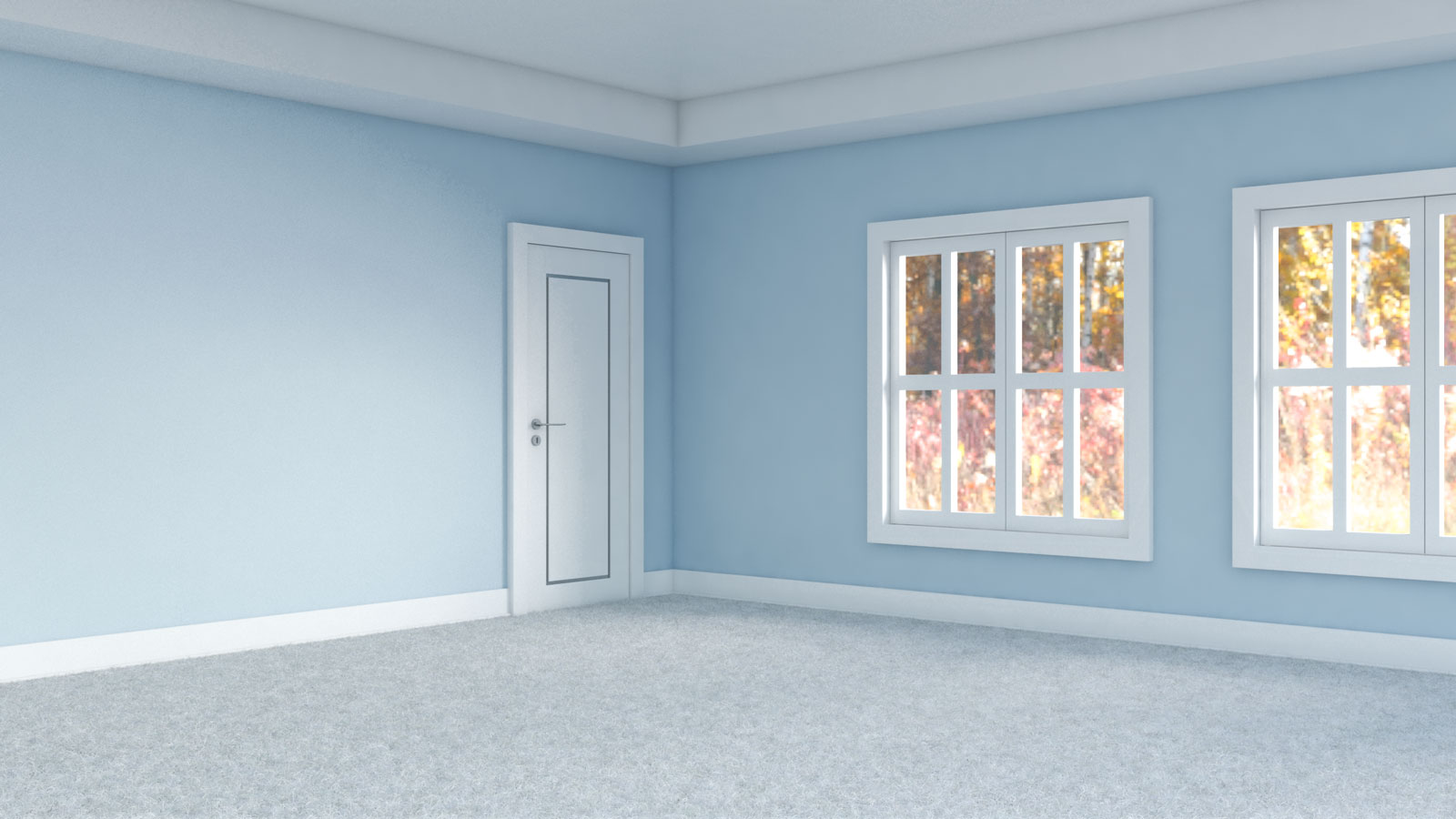
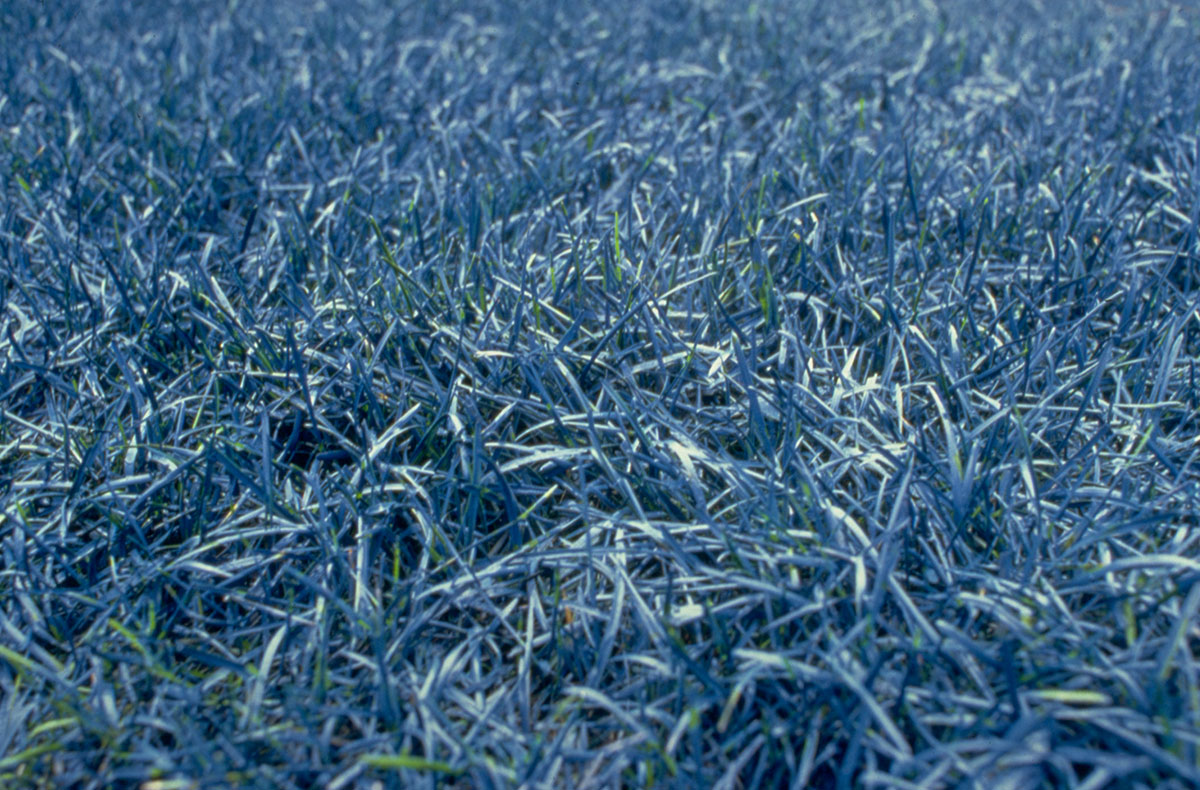

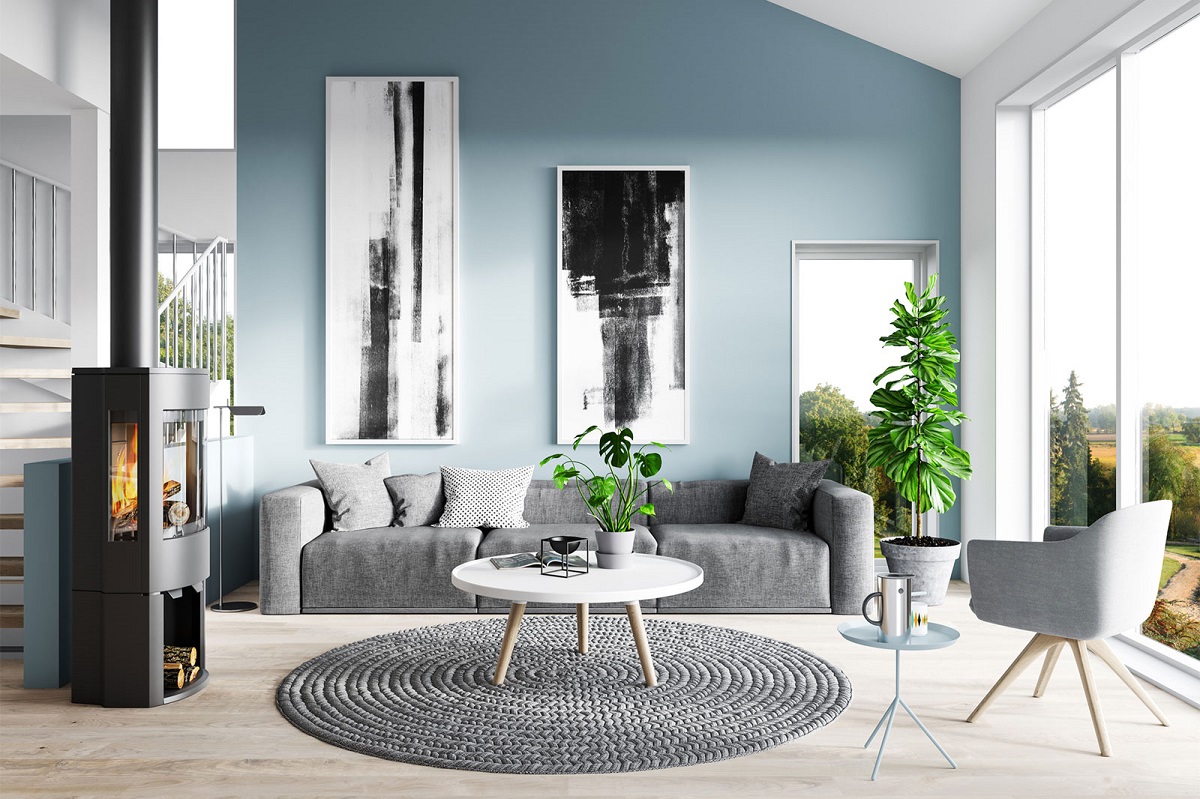
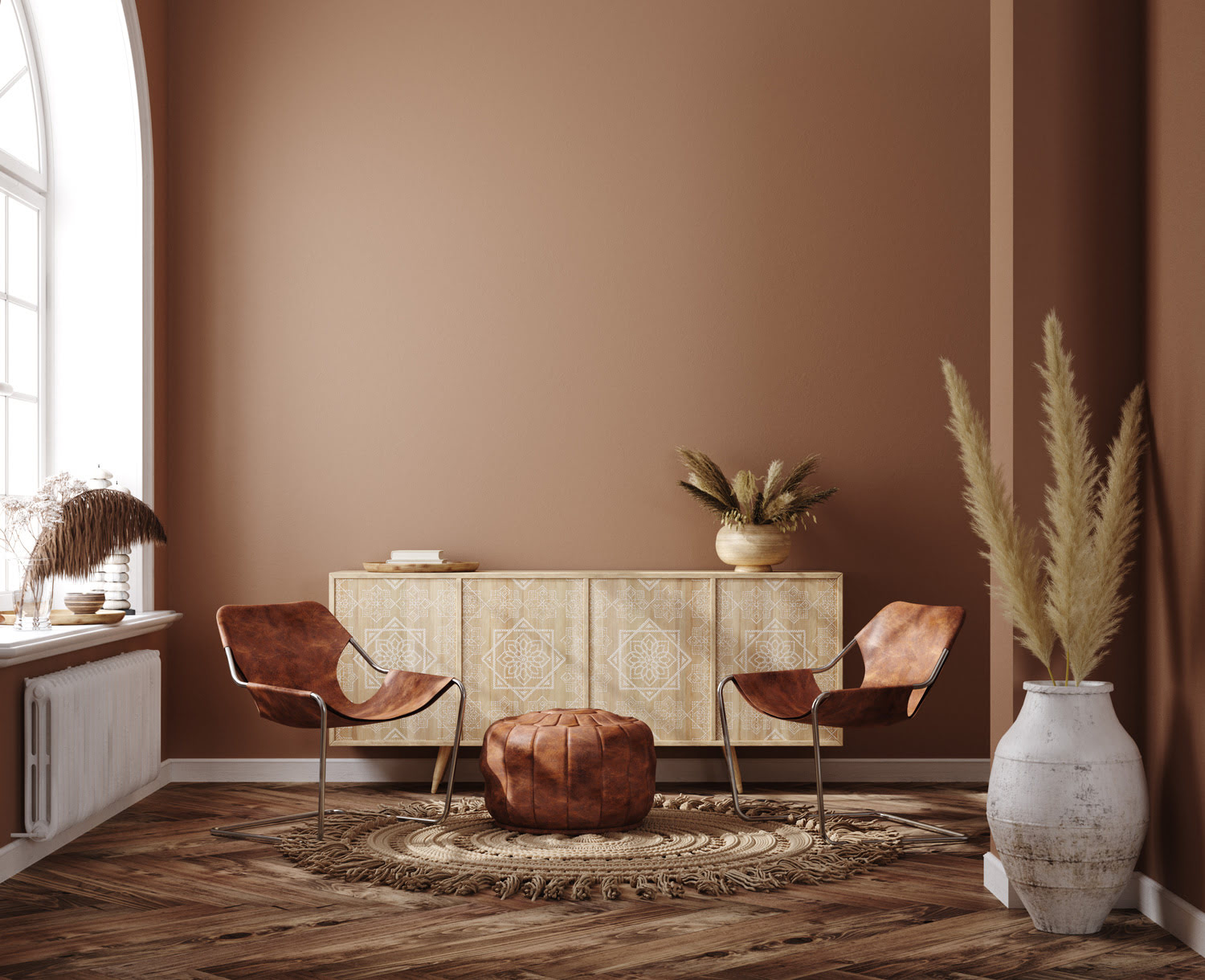
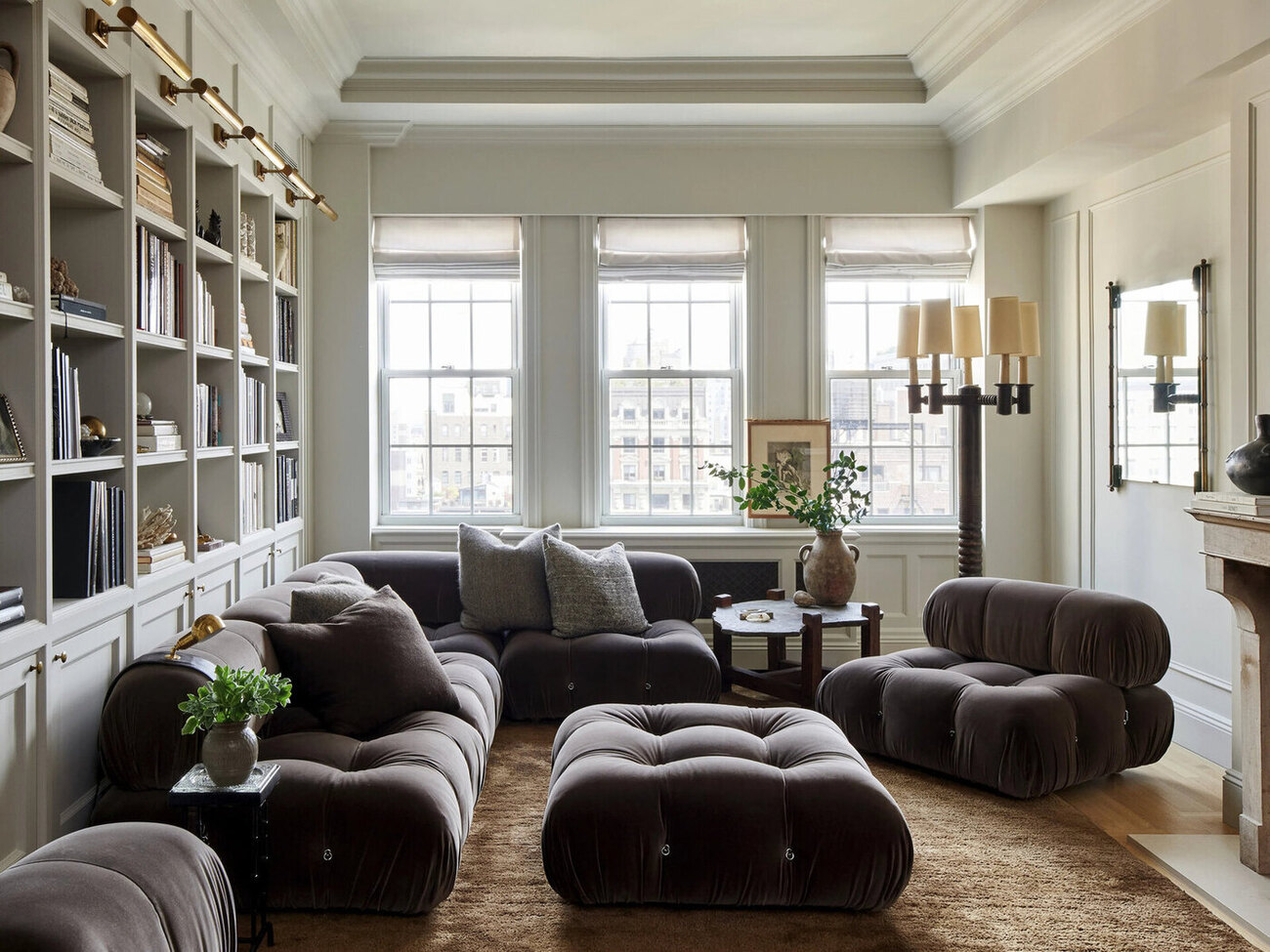

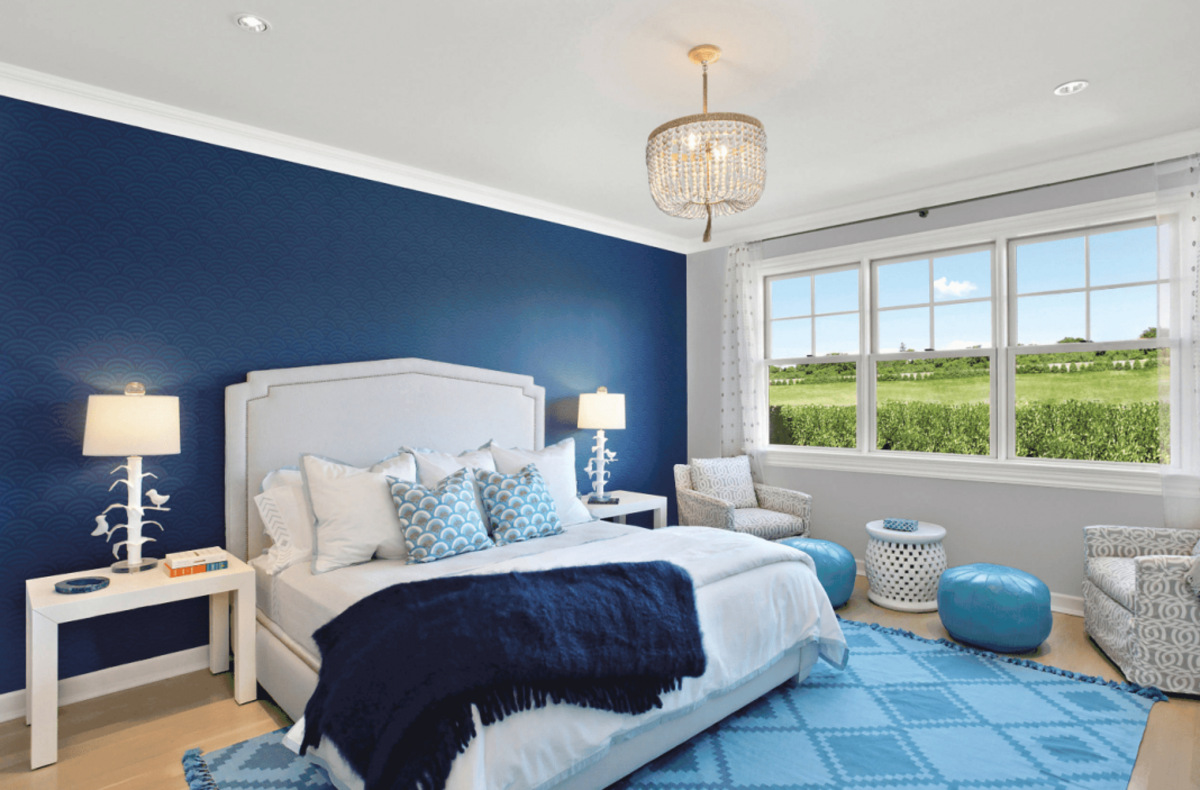
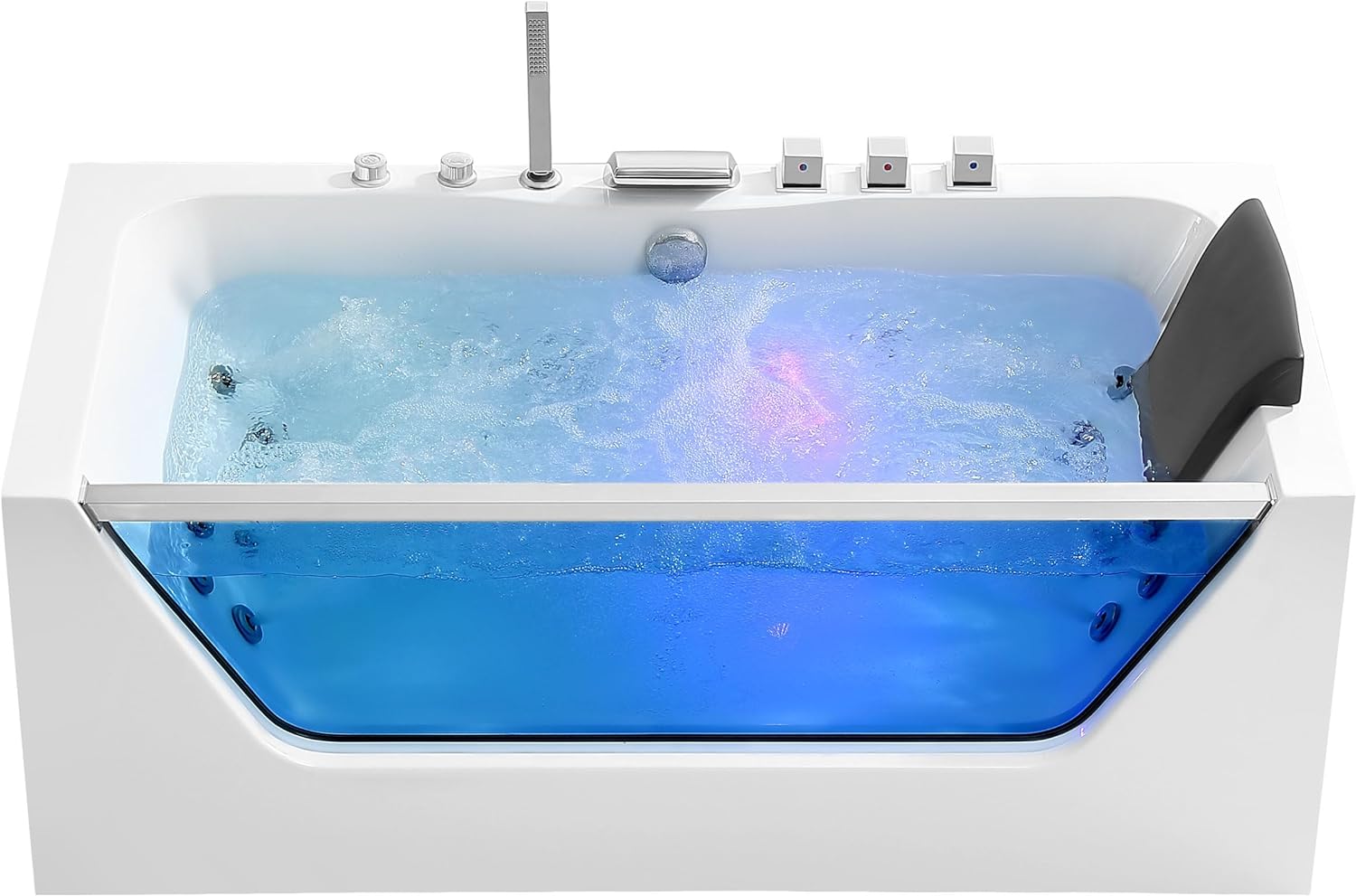
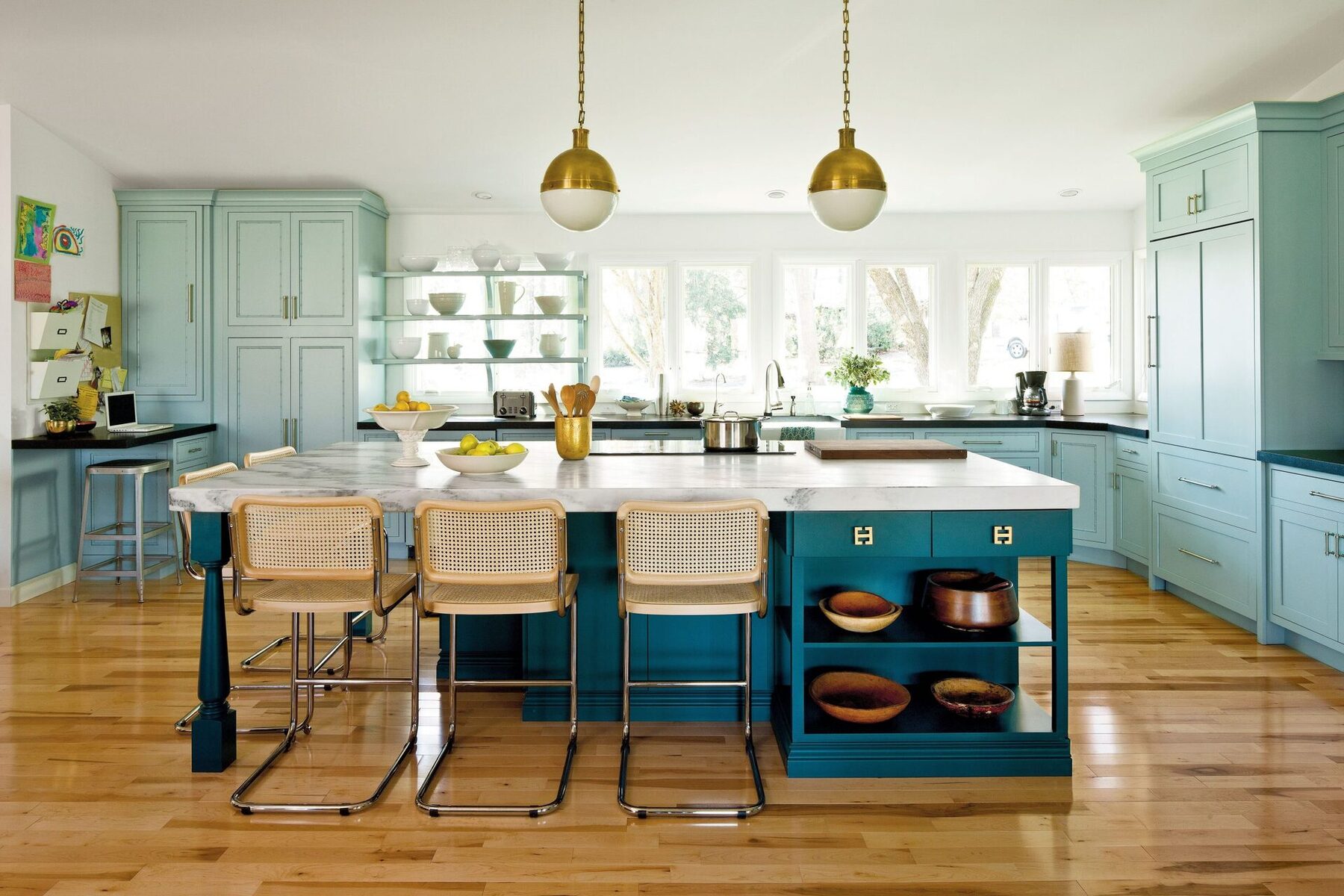
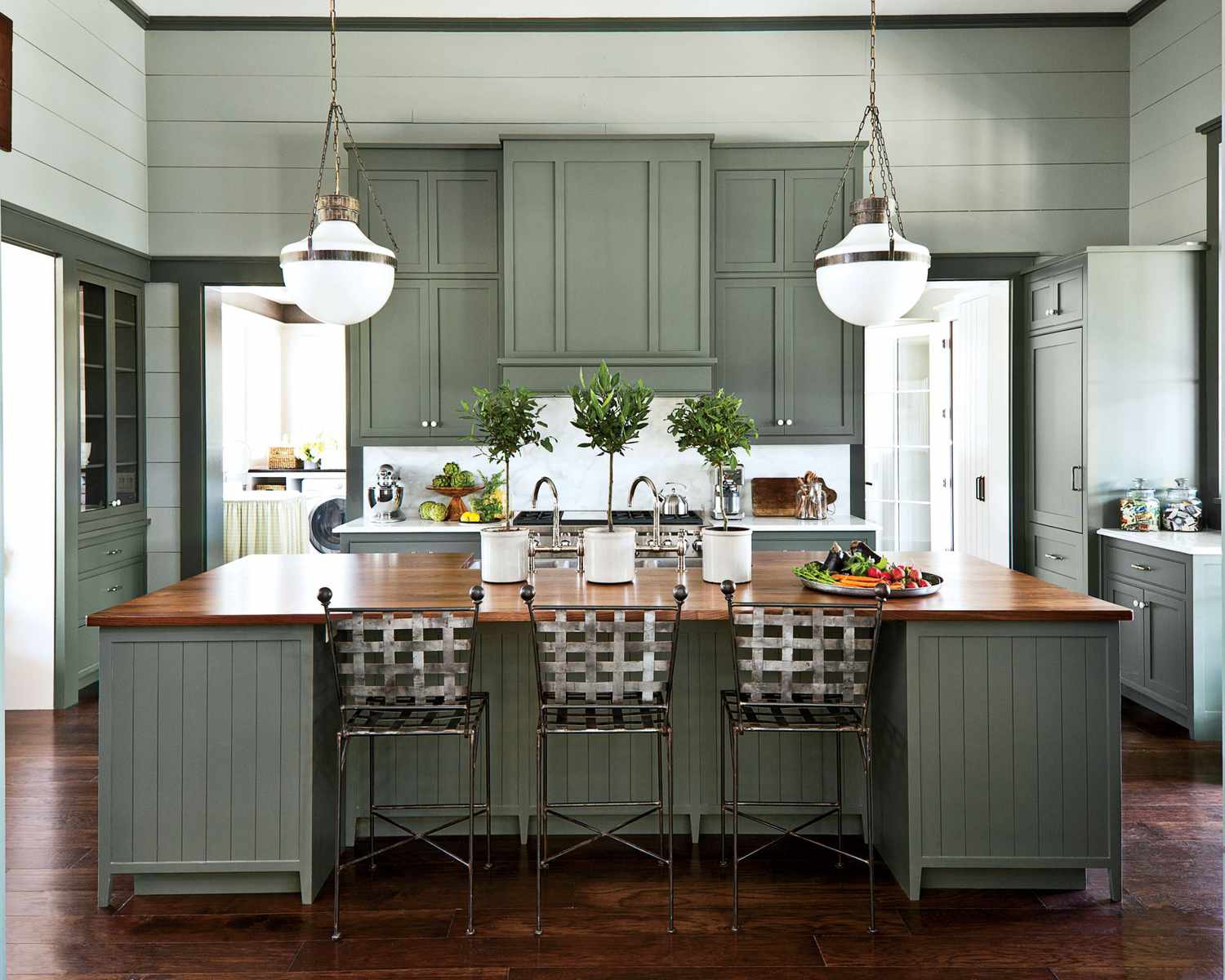
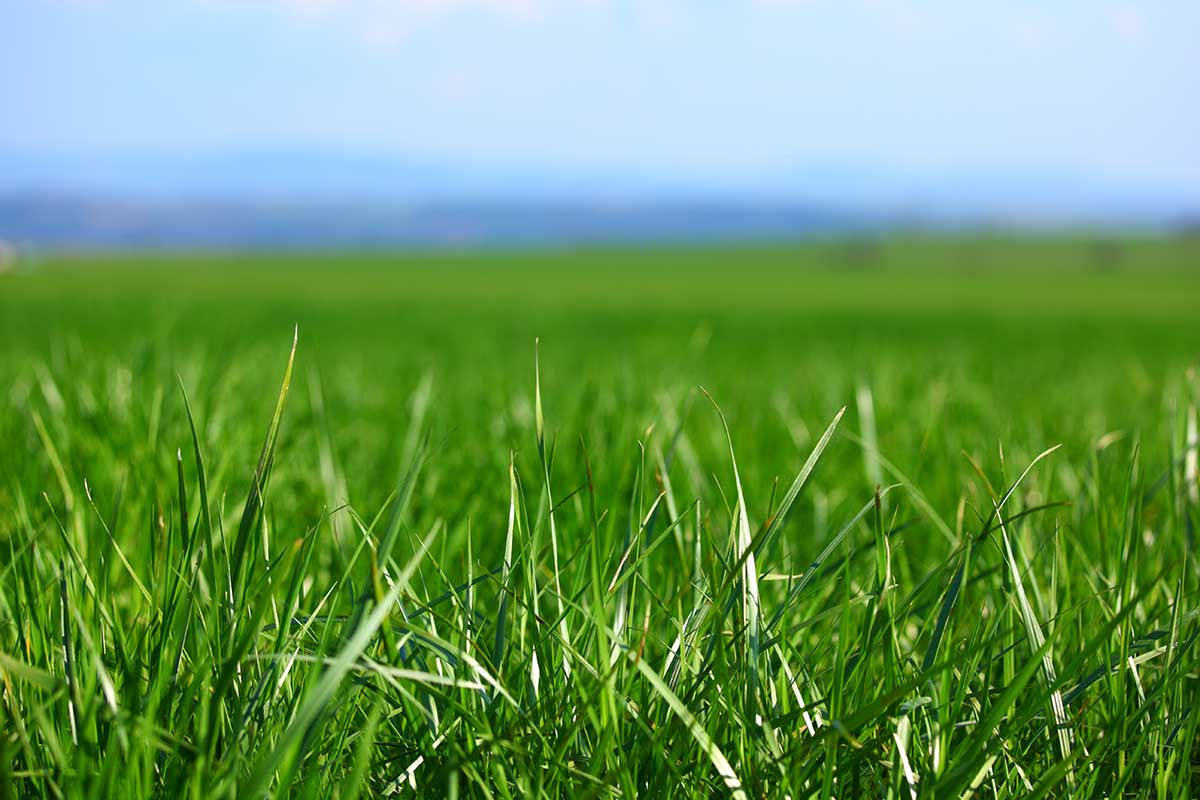
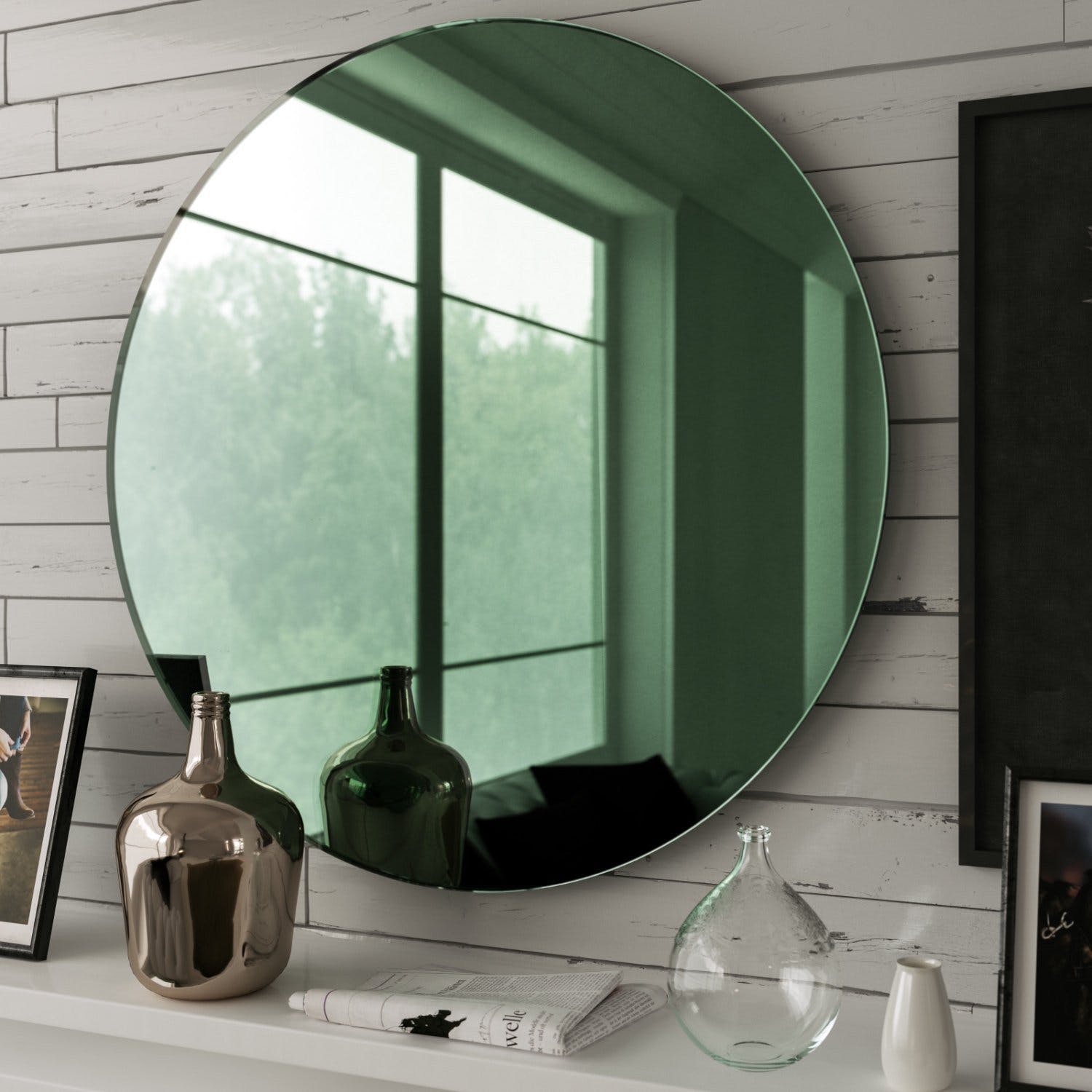

0 thoughts on “Turquoise Color Trend: Why This Green-Blue Hue Is Our Color Of The Month”